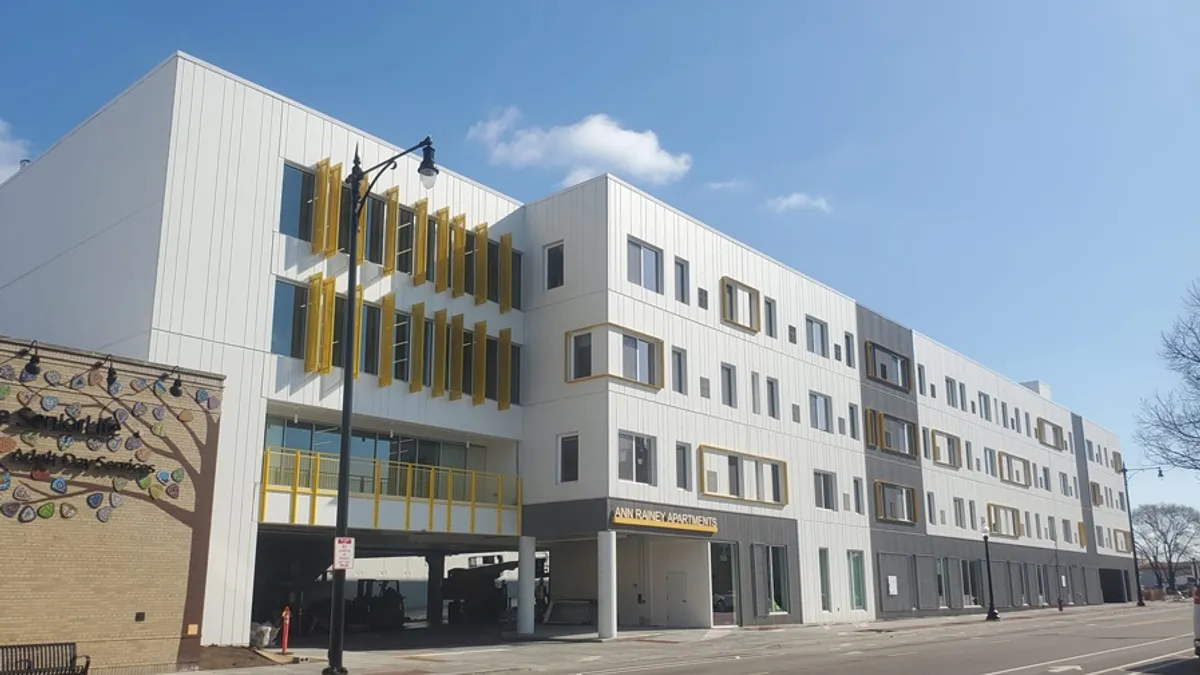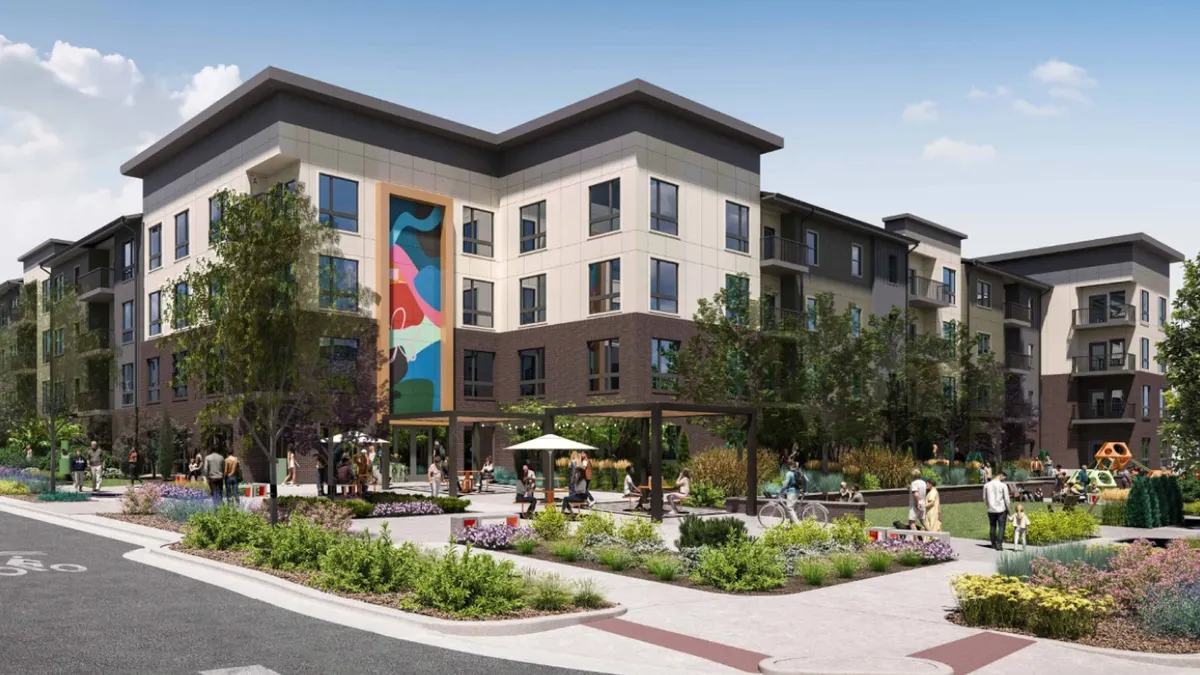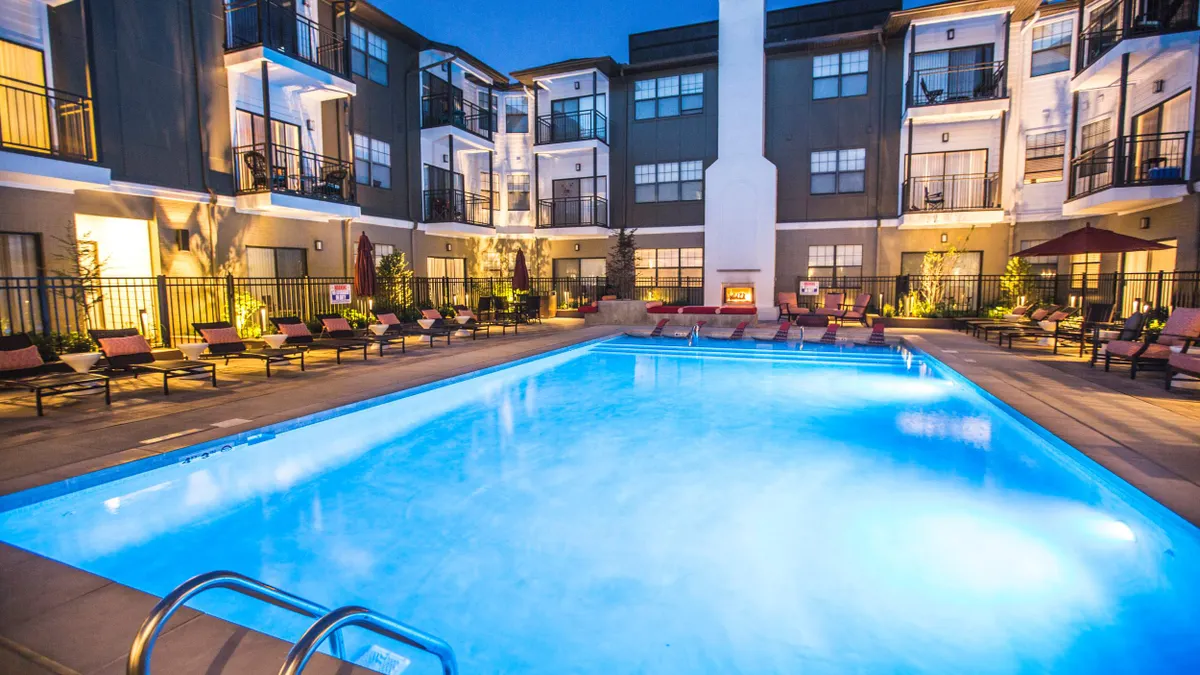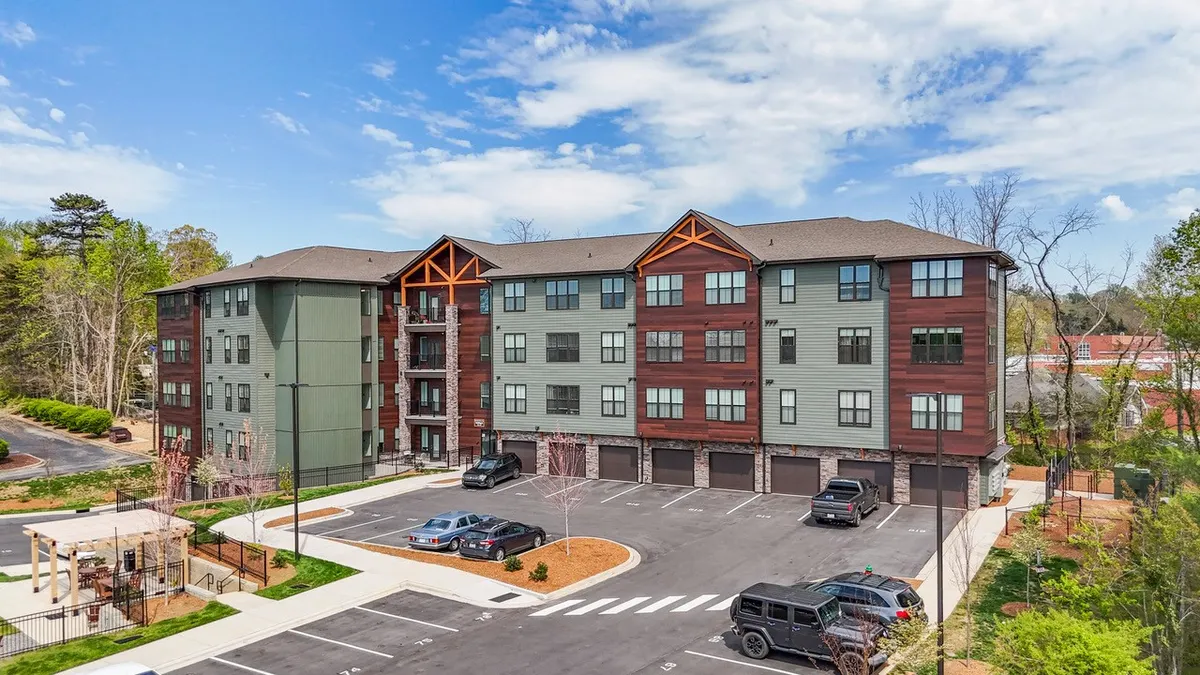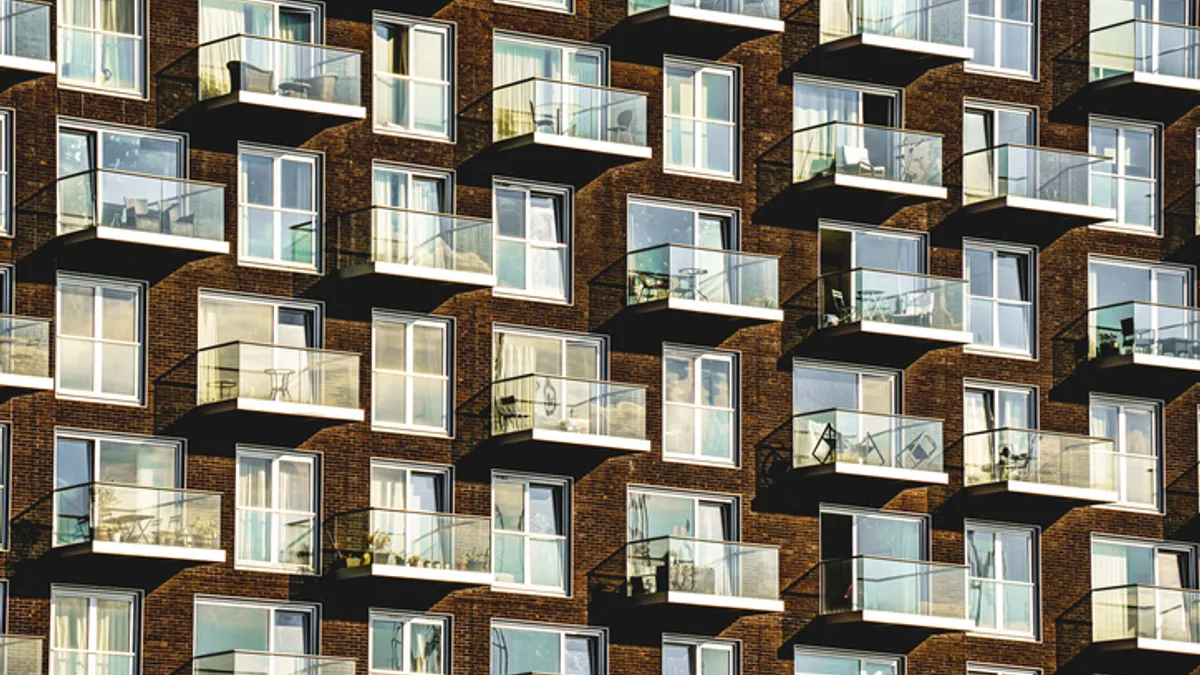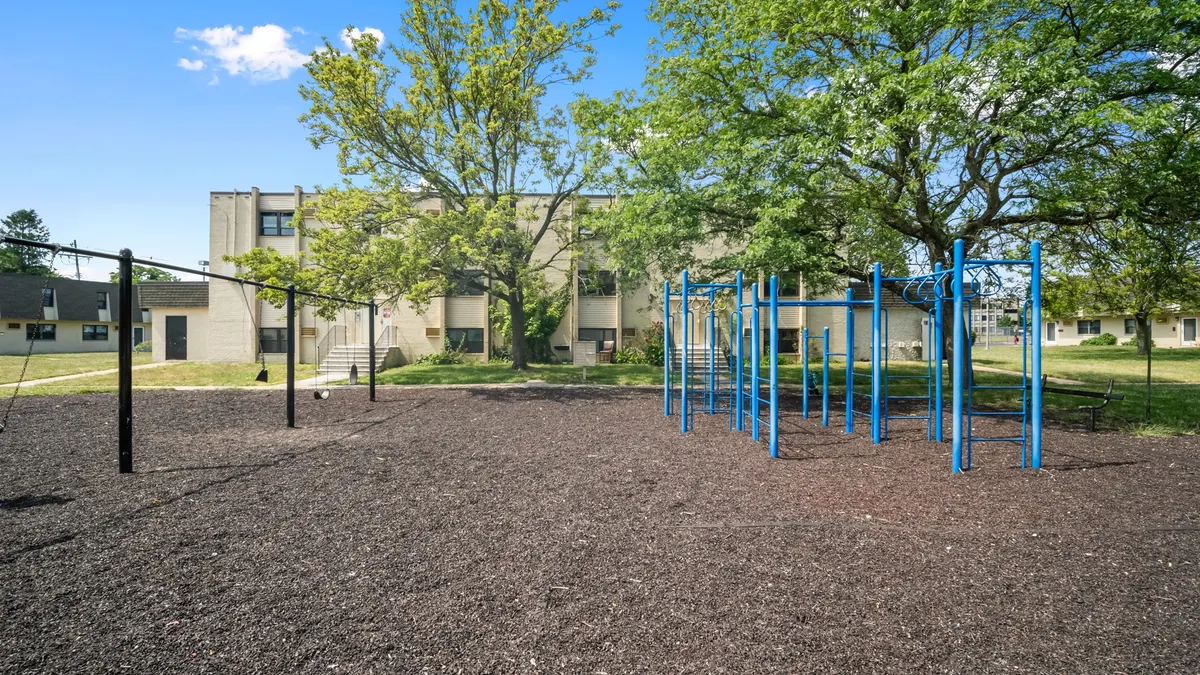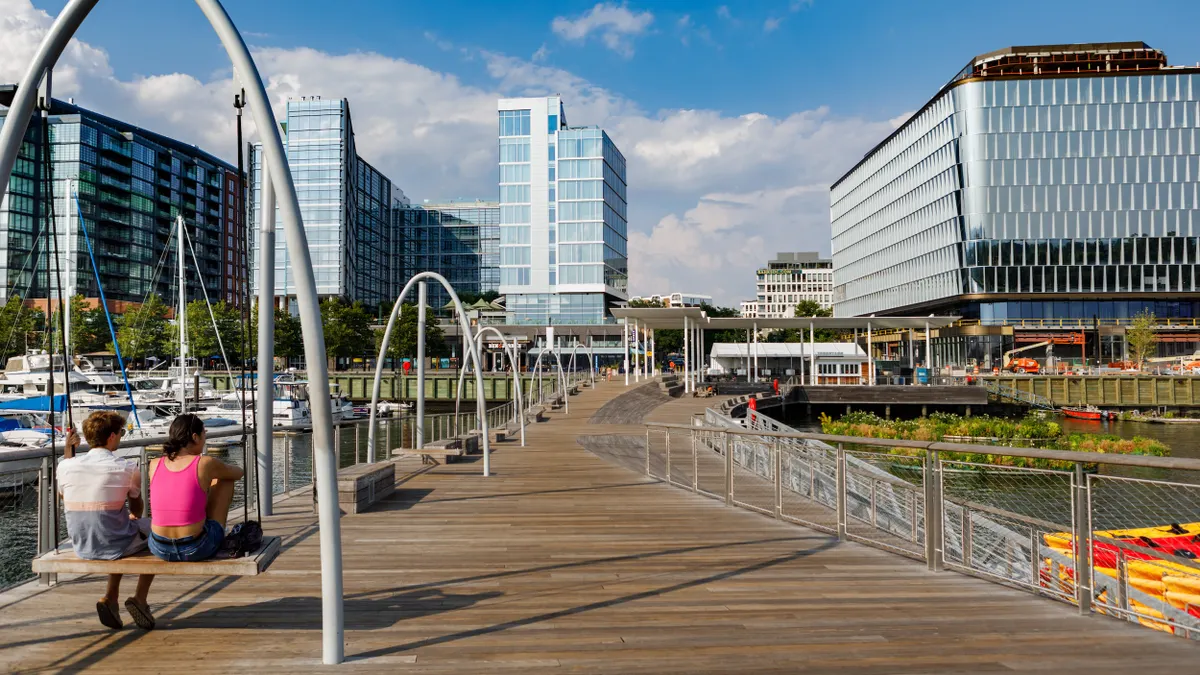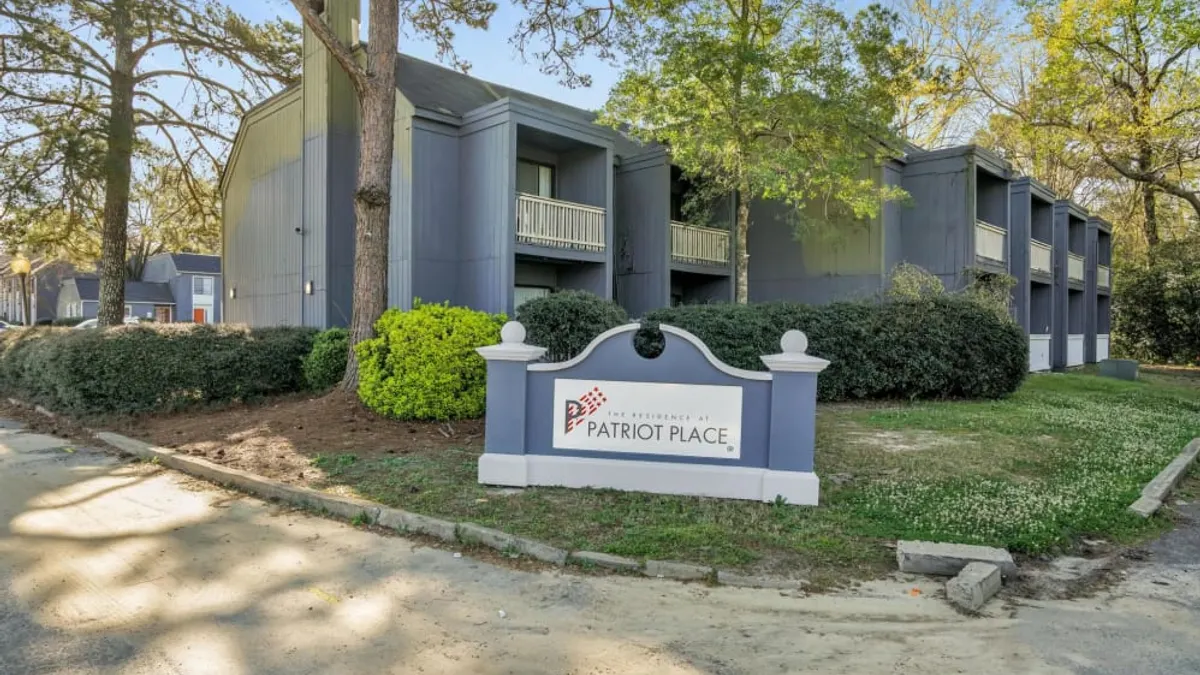Rental owners at the top of the market haven’t had a lot to worry about over the past year, outside of maybe finding enough workers. With occupancies tight, they’ve been able to raise rents to unprecedented levels.
But the apartment ecosystem consists of a lot more than just class A units. Just ask John Kennedy, executive vice president of Chicago-based Evergreen Real Estate Group, which manages more than 10,000 units (including the Ann Rainey Apartments, an affordable senior housing community in Evanston, Illinois) in 10 states.
“We do some conventional market rate properties, but the majority of our properties have some type of Federal Section 8 subsidy, along with a LIHTC [low-income housing tax credit] overlay, and then we have straight LIHTC projects,” Kennedy said. “A number of projects also have other overlapping federal, state or local affordability programs that are attached to them.”
By focusing on the complex affordable space, Kennedy deals with issues, like heightened reporting requirements, that many market-rate managers don’t encounter. Here, Kennedy talks with Multifamily Dive about the impact of inflation on his residents, his challenges with labor and the need to focus on leaner operations.
This interview has been edited for brevity and clarity.
MULTIFAMILY DIVE: Is inflation, including increases in gas and food prices, putting a strain on your residents?
JOHN KENNEDY: It depends on the project type. As an example, under the project-based Section 8 program or a voucher program where the Section 8 voucher is issued by a public housing authority, those residents pay approximately 30% of their income toward rent. The rent only changes if there's a change in their income, not if there are changes in their expenses.
So they have some flexibility in terms of their rent if they run into a problem and lose their job or if there's a cutback. But on the expense side, it doesn't help them if there are higher gas prices and inflation.
In the housing tax credit arena, the rent is restricted through the program, but they still have to pay that rent. So, this high inflation area that we're in is certainly creating challenges for those households. These are people who are already low- and very low-income folks. We see these types of inflationary pressures impacting their day-to-day living expenses.
What are your biggest challenges running a management business right now?
As an organization, we want to make sure that we are focused on our employees and maintaining a really positive culture so we can retain them in a market where there is a pretty significant labor shortage. We’ve been relatively fortunate that we have not had a significant increase in turnover.
In the affordable industry, an ongoing challenge is the regulatory requirements overlapping with typical property management and day-to-day operations. That creates the need for qualified staff who have an understanding of how to operate within the requirements of the Section 8 program, the LIHTC program, HOME [Investment Partnerships Program] and other programs. Finding good people who have a good understanding of those environments is a challenge, particularly in this market.
Is maintenance also hard?
On the maintenance side, it's a tough market to find good people. With inflation going up, there are wage increases and expectations of wage increases. That is a challenge as well.
How are increasing interest rates affecting affordable housing?
As interest rates make financing tighter, often there is pressure on property management to find more opportunities for more efficiency on projects. A lot of these things converge as challenges. You’ve got shortages with labor and delays with deliveries and higher costs on materials.
And at the same time, these things are creating upward pressure on your operating expenses and there is not always the same offset on the affordable side to raise rents. So that can create challenges for us.
How has COVID-19 changed your business on the affordable side?
COVID-19 had this interesting juxtaposition. There was no direct contact with some of our residents. But also at the same time, it increased the need for connection and communication with those residents, particularly in our senior communities where you really have some vulnerable people, especially when they can’t participate in communal activities like they normally do.
Those were real challenges for our staff — to be safe themselves and to create a safe environment. That meant direct contact with our residents and, at the same time, making sure our residents were OK and not feeling overly isolated. We're coming out of that now and it's a good thing.
Click here to sign up to receive multifamily and apartment news like this article in your inbox every weekday.


